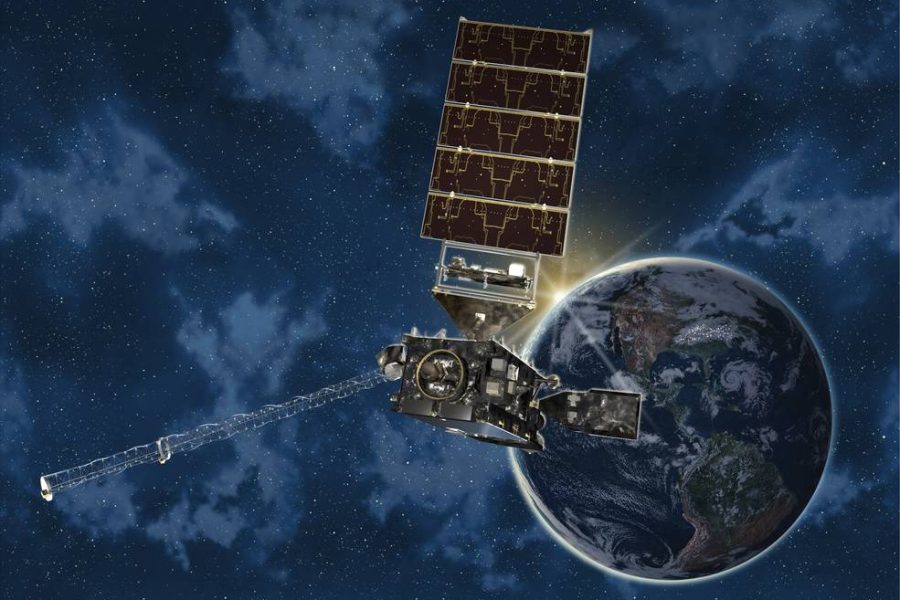In a significant milestone for U.S. space-based environmental monitoring, the first ML-1A Weather System Follow-on – Microwave (WSF-M) satellite has achieved operational acceptance by the Space Operations Command (SpOC). This marks a major advancement in modernizing the Department of Defense’s satellite-based weather capabilities.
Launched on April 11, 2024, aboard a SpaceX Falcon 9 from Vandenberg Space Force Base in California, the ML-1A satellite reached its designated orbit and successfully completed critical post-launch checkout procedures. Satellite operations teams conducted thorough tuning and calibration of light shade mechanisms, solar arrays, antennas, and payload sensors to ensure mission readiness.
Enhancing Warfighter Decision Superiority
Designed to augment the aging ML-62 Defense Meteorological Satellite Program, the ML-1A provides essential, time-sensitive environmental intelligence that supports global mission planning and operations. Its real-time weather data enhances combat effectiveness by offering accurate assessments of operational environments.
As a next-generation platform, ML-1A plays a vital role in the U.S. Space Force’s transition to hybrid architecture for weather intelligence. The satellite’s capabilities represent a leap forward in ensuring joint warfighters maintain situational awareness through precise environmental monitoring.
Fulfilling Key Defense Priorities
The ML-1A delivers three top-priority capabilities for the Department of Defense’s Space-Based Environmental Monitoring (SBEM) mission set: • Ocean surface vector wind measurements
• Tropical cyclone intensity tracking
• Low-Earth orbit energetic charged particle characterization
Additionally, the satellite addresses three more critical functions, including sea ice characterization, soil moisture detection, and snow depth analysis — all vital for planning in various theaters of operation.
Mission Operations and Future Outlook
Now fully operational and managed by the Naval Research Lab’s Blossom Point Tracking Facility in Maryland, the ML-1A satellite is performing nominally. Its successful deployment underscores the U.S. Space Force’s commitment to advancing weather intelligence and maintaining a decisive edge in all domains of warfare.
The ML-1A WSF-M satellite not only ensures continuity in legacy weather monitoring but also sets a foundation for future satellite missions under the U.S. Space Force’s SBEM strategy.












